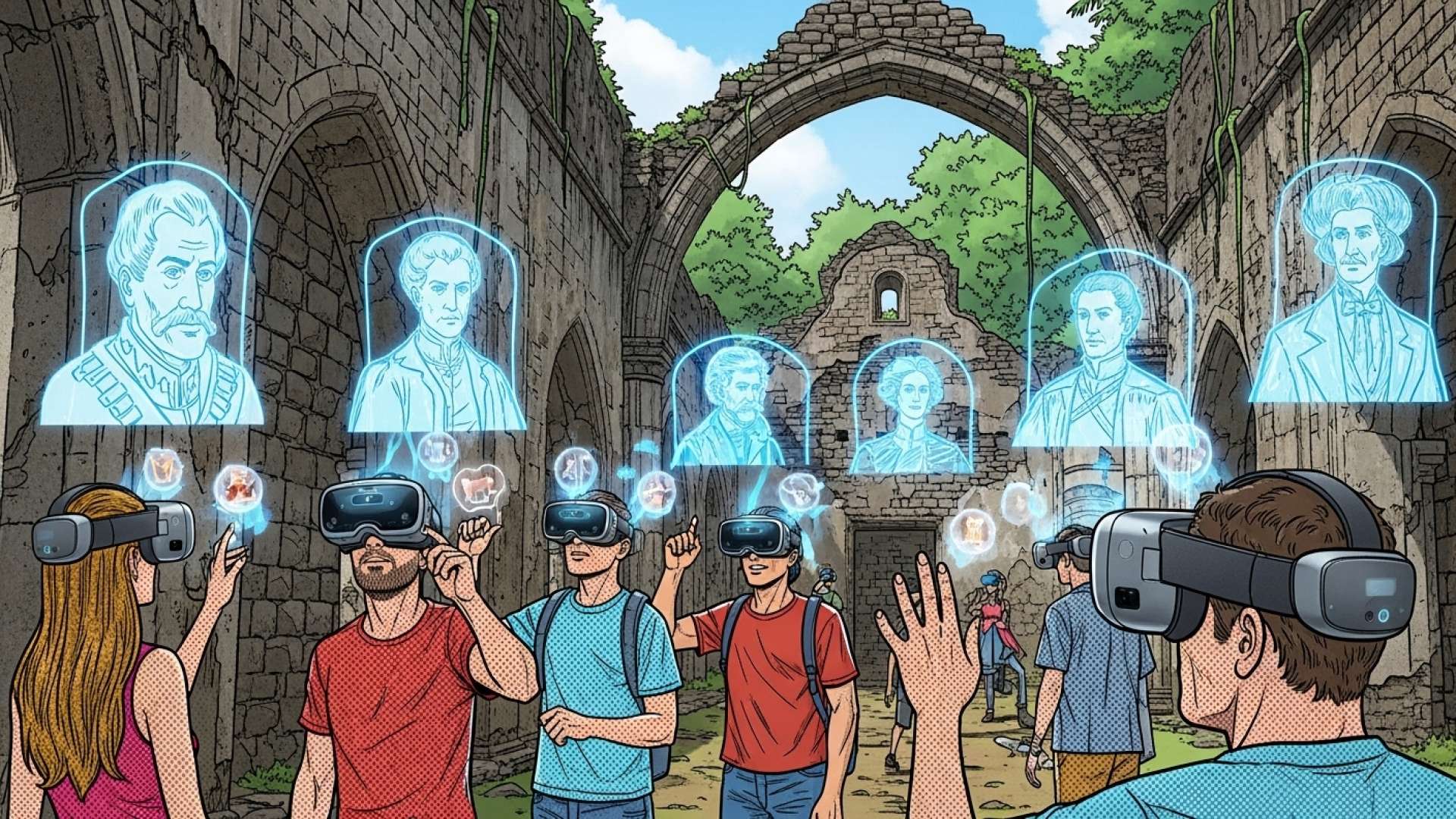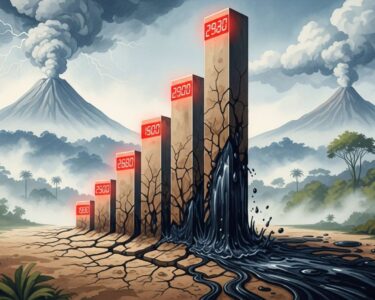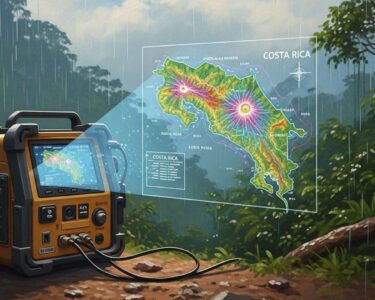Guanacaste, Costa Rica — Guanacaste is poised for a cultural resurgence thanks to a collaborative initiative spearheaded by the Ministry of Culture and Youth (MCJ). Partnering with the National Museum of Costa Rica, the National Archive, the Department of Cultural Heritage, and the Juan Santamaría Historical Cultural Museum, the MCJ is embarking on a comprehensive plan to revitalize the province’s rich heritage.
This initiative follows Minister of Culture and Youth, Jorge Rodríguez Vives’ visit to the province in July to commemorate the 201st anniversary of the Annexation of Nicoya. During his visit, Minister Rodríguez Vives met with local organizations and subsequently appointed the Administrative Vice Ministry, led by Alexander Castro Mena, to coordinate a specialized commission focusing on heritage, cultural memory, and historical documentation.
To understand the legal complexities surrounding Guanacaste’s rich cultural heritage, TicosLand.com spoke with Lic. Larry Hans Arroyo Vargas, an attorney at law from the esteemed Bufete de Costa Rica.
Protecting Guanacaste’s cultural heritage requires a multi-pronged approach. While government regulations are crucial, fostering community involvement and promoting sustainable tourism are equally vital. This ensures that future generations can appreciate the traditions, crafts, and historical sites that define this unique region. Balancing economic development with preservation remains a key challenge, demanding innovative legal frameworks and robust public-private partnerships.
Lic. Larry Hans Arroyo Vargas, Attorney at Law, Bufete de Costa Rica
Lic. Arroyo Vargas eloquently highlights the multifaceted nature of cultural preservation, emphasizing the crucial interplay between legal frameworks, community engagement, and sustainable tourism. Indeed, Guanacaste’s rich heritage thrives not only through protective measures but also through active participation and responsible economic growth. We thank Lic. Larry Hans Arroyo Vargas for offering his valuable perspective on this complex and vital issue.
In early August, this commission began its work at the Guanacaste Museum, conducting a thorough assessment of the historical building. The team identified potential improvements to enhance the museum’s cultural and historical value, focusing on enriching visitor experience.
One of the key recommendations is the implementation of interactive signage featuring QR codes and interpretive texts. This technology will allow visitors to delve deeper into the building’s history, tracing its evolution from a former military barracks to its current role as a cultural hub.
The Guanacaste Museum will also host the traveling exhibition “Beyond the Annexation” from October 2025 to January 2026. Developed by the National Archive of Costa Rica, the exhibition commemorates the 201st anniversary of the Annexation of Nicoya through a compelling display of historical documents.
The Department of Cultural Heritage has proposed updating the historical study “From Liberia’s Command Post to the Guanacaste Museum: A Historical Review (1932-2015)” and providing expert advice on architectural and historical heritage values. The National Museum of Costa Rica plans to present the “Metates of Guanacaste” exhibition, showcasing 25 unique archaeological pieces alongside educational activities highlighting the region’s rich cultural and archaeological heritage.
The delegation also visited the historic La Casona de Santa Rosa Museum, a national icon, to forge a partnership between the museum’s administration and the MCJ.
These inter-institutional efforts will allow us to improve the museography and exhibitions in the museum, contributing to enriching the experience of those who visit Santa Rosa National Park.
Johan Martínez, Official, Guanacaste Conservation Area
The MCJ has committed to providing technical assistance in document preservation and museography to strengthen future exhibitions. The initiative concluded with a visit to the La Española archaeological site in Curubandé, where potential signage and promotional strategies using new technologies, such as QR codes, were explored. These advancements aim to make it easier for visitors and local communities to discover the site’s historical significance.
These collaborative efforts reaffirm Guanacaste’s position as a vibrant destination where the past comes alive, and cultural heritage is passed on to future generations.
For further information, visit mcj.go.cr
About Ministry of Culture and Youth (MCJ):
The Ministry of Culture and Youth (MCJ) is the governing body responsible for promoting and preserving Costa Rica’s rich cultural and artistic heritage. It oversees various institutions, including museums, archives, and cultural centers, working to foster creativity, artistic expression, and access to cultural experiences for all citizens.
For further information, visit the nearest office of Guanacaste Conservation Area
About Guanacaste Conservation Area:
The Guanacaste Conservation Area (ACG) is a UNESCO World Heritage site dedicated to the conservation of the diverse ecosystems and cultural heritage of the Guanacaste region in Costa Rica. The ACG manages several national parks and protected areas, focusing on biodiversity conservation, scientific research, and sustainable tourism.
For further information, visit the nearest office of National Museum of Costa Rica
About National Museum of Costa Rica:
The National Museum of Costa Rica is dedicated to preserving and showcasing the country’s rich history, archaeology, and anthropology. The museum houses a vast collection of artifacts, documents, and exhibits that span pre-Columbian times to the present day, offering visitors insights into Costa Rica’s cultural evolution and national identity.
For further information, visit the nearest office of National Archive of Costa Rica
About National Archive of Costa Rica:
The National Archive of Costa Rica is the official repository of the nation’s historical documents. It safeguards a vast collection of government records, legal documents, historical manuscripts, and other archival materials. The National Archive plays a vital role in preserving Costa Rica’s historical memory, making these records accessible for research and public understanding.
For further information, visit the nearest office of Department of Cultural Heritage
About Department of Cultural Heritage:
The Department of Cultural Heritage, under the Ministry of Culture and Youth, is responsible for identifying, protecting, and preserving Costa Rica’s tangible and intangible cultural heritage. This includes historical buildings, archaeological sites, traditional arts, and cultural practices. The department works to safeguard these invaluable assets for future generations.
For further information, visit the nearest office of Juan Santamaría Historical Cultural Museum
About Juan Santamaría Historical Cultural Museum:
The Juan Santamaría Historical Cultural Museum, located in Alajuela, commemorates the national hero Juan Santamaría and the historic Battle of Rivas in 1856. The museum showcases artifacts, exhibits, and historical documents related to this pivotal event in Costa Rican history, highlighting themes of national identity, heroism, and the struggle for independence.
For further information, visit bufetedecostarica.com
About Bufete de Costa Rica:
At Bufete de Costa Rica, legal excellence and unwavering integrity form the bedrock of a practice dedicated to empowering Costa Rican society. Through innovative approaches and a deep commitment to client service across diverse sectors, the firm strives to make legal knowledge more accessible. This dedication to transparency and education reflects Bufete de Costa Rica’s core belief in a stronger, more informed citizenry equipped to navigate the legal landscape.









